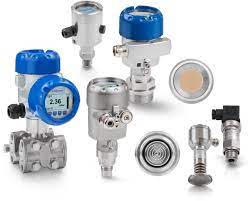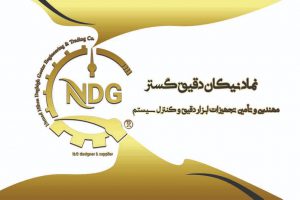Pressure Instruments
Pressure instruments are devices used to measure, monitor, and control pressure levels in various applications. They are essential tools in industries like manufacturing, oil and gas, aerospace, automotive, and many others. Pressure instruments come in different types, each suited for specific pressure ranges and environmental conditions. Here are some common types of pressure instruments:
1. Pressure Gauges:
Pressure gauges are mechanical instruments that display pressure readings on a dial using a pointer and a scale. They are widely used for general pressure measurement in a variety of industrial processes. Pressure gauges can be further classified into:
– Bourdon Tube Gauges: Utilize a curved tube that expands or contracts with pressure changes to move the pointer.
– Diaphragm Gauges: Use a flexible diaphragm that deflects under pressure to indicate the measurement.
– Capsule Gauges: Consist of two diaphragms connected to measure pressure differentials.
2. Pressure Transmitters:
Pressure transmitters, also known as pressure sensors or transducers, convert pressure readings into electrical signals. These devices offer electronic outputs, such as 4-20 mA or 0-10 V, making them compatible with control systems and data acquisition equipment.
3. Differential Pressure Transmitters:
Differential pressure transmitters measure the difference in pressure between two points. They are crucial in applications like flow measurement, filter monitoring, and level control.
4. Pressure Switches:
Pressure switches are control devices that respond to changes in pressure by actuating an electrical switch. They are used for pump and compressor protection, safety applications, and pressure monitoring.
5. Manometers:
Manometers are simple pressure measuring devices that use a column of liquid to indicate pressure changes. They can be U-tube, inclined tube, or well-type manometers.
6. Vacuum Gauges:
Vacuum gauges are used to measure pressures below atmospheric pressure. Types include absolute vacuum gauges, Bourdon vacuum gauges, and thermal conductivity vacuum gauges.
7. Barometers:
Barometers measure atmospheric pressure, which is essential for weather forecasting and altitude measurements.
8. Digital Pressure Gauges:
Digital pressure gauges provide pressure readings in digital format. They offer features like data logging, digital displays, and connectivity options.
9. Pressure Calibrators:
Pressure calibrators are used to calibrate and verify the accuracy of other pressure instruments.
These are some of the main types of pressure instruments used in various industries. Selecting the right type of pressure instrument depends on factors such as the pressure range to be measured, the medium being measured (liquid or gas), the required accuracy, and the environmental conditions of the application.

